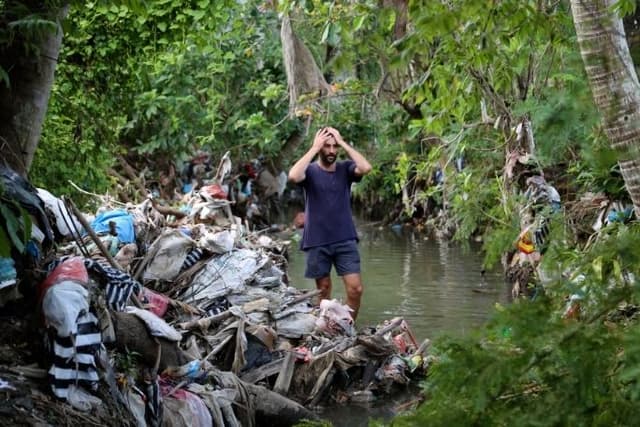
Blue - Our Ocean is a Valuable Resource
Lesson3 of 4 in this unit
SecondaryYear 7 - 8Humanities and Social SciencesGeographyEnvironmentalBiodiversityConservationOceansWater
Summary
Lesson guides and printables
Lesson Plan

Student Worksheet

Teacher Content Info

Water Flashcards
